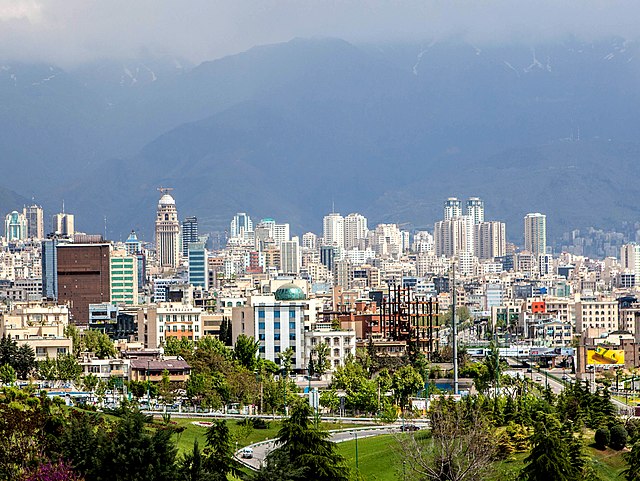Education in Iran is centralized and divided into K-12 education plus higher education. Elementary and secondary education is supervised by the Ministry of Education and higher education is under the supervision of Ministry of Science, Research and Technology and Ministry of Health and Medical Education for medical sciences. As of 2016, around 86% of the Iranian adult population is literate. This rate increases to 97% among young adults ages between 15 and 24 without any gender consideration. By 2007, Iran had a student-to-workforce population ratio of 10.2%, standing among the countries with the highest ratio in the world.
Iranian girls taking final exams in June 2021.
Tabriz Memorial High School Diploma. Dated: June 1, 1923
Iran is a mixed economy with a large public sector. Some 60% of Iran's economy is centrally planned.. Iran's economy is characterized by its hydrocarbon, agricultural, and service sectors, in addition to manufacturing and financial services, with over 40 industries directly involved in the Tehran Stock Exchange. The stock exchange has been one of the best performing exchanges in the world over the past decade. With 10% of the world's proven oil reserves and 15% of its gas reserves, Iran is considered an "energy superpower".
Tehran province hosts 45% of Iran's industries.
Persian Achaemenid gold coin (circa 490 BC)
Socioeconomic expenditures (2004)
Inflation rate (1980–2010)






